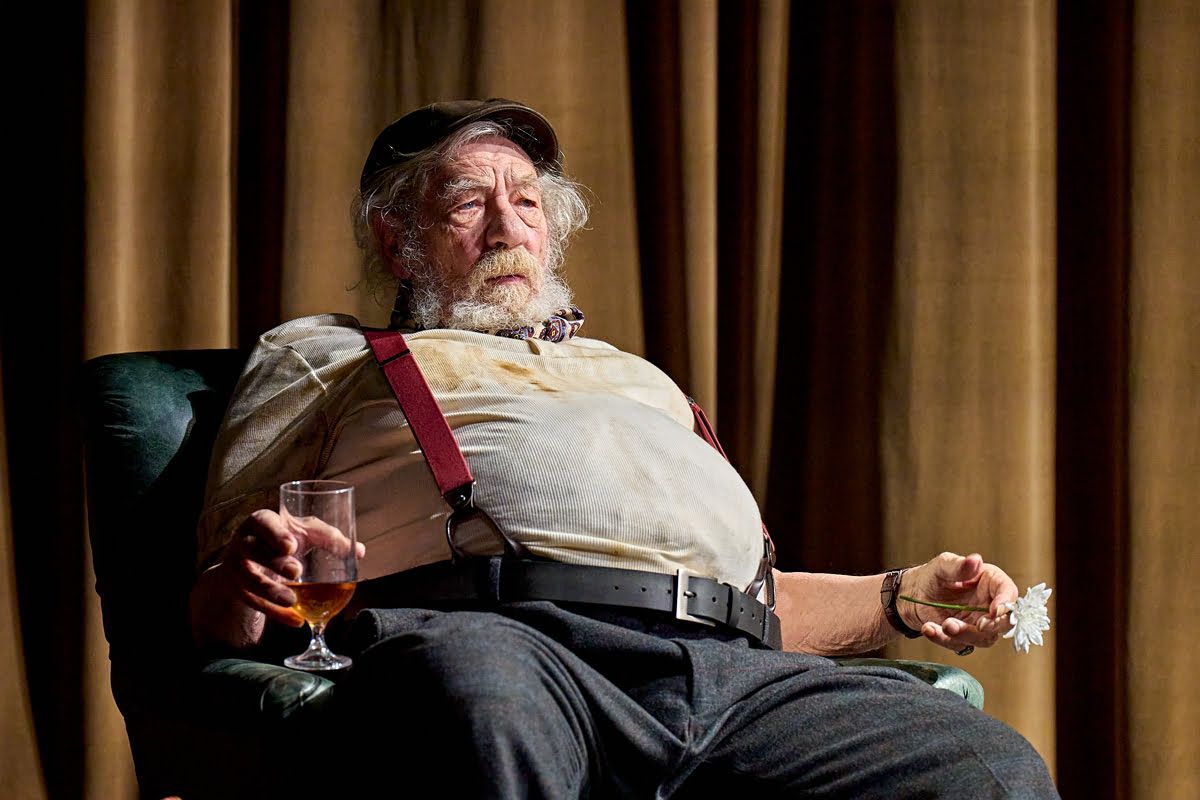How to Light Off Fireworks at Home
There are certain times of the year when it’d be weird if people didn’t light off fireworks in their yards.
But fireworks can be dangerous – in 2018 alone, fireworks caused about 19,500 structure fires nationwide. You want to have a good time, not accidentally burn your house down.
Fortunately, consumer fireworks are designed to be as safe as possible. You can keep your property and family safe by taking a few precautions: wet down the area before lighting off fireworks, make sure fireworks are secured so they won’t fall over once they’re lit, handle fireworks carefully, and be prepared to extinguish any sparks or flames that do erupt.
Wet Down Your Yard and Trees
You should never light fireworks over an area that contains dry debris. Clean up dead leaves and other debris from your anticipated fallout zone before the show. If the grass in your fallout zone is dead and dry, you shouldn’t light fireworks there – it only takes one spark to ignite dead foliage.
A thick, moist, green lawn or a concrete pad make the best foundations for lighting fireworks. Take out your garden hose and wet the whole yard down before the show so that if sparks land in the grass, they won’t ignite. Make sure to wet down the trunks of your trees and their roots, too. A spark could smolder on a tree trunk for two to four hours before bursting into flame. Sparks that hit the dry roots of a tree could smolder and cause what firefighters call a root fire – a fire that moves underground, using the roots of trees and plants as fuel.
Handle Fireworks Carefully
When it comes to buying fireworks online or from a vendor in person, you should make sure you’re buying fireworks designed for consumer use. Consumer pyrotechnics have colorful paper wrappings. Avoid the fireworks that come in plain brown paper wrappings – these are designed for professional use and won’t be safe to use at home.
You should practice good firework safety when handling and igniting fireworks. Don’t let young children handle or light off fireworks, unless you want to end your show early to take a trip to the emergency room. Never hold a lit firework in your hands. When lighting fireworks, lean back so that your face and hands aren’t above the firework. Once you’ve lighted the pyrotechnic, retreat to a safe distance to watch the show. If you want, you can use some safety fuse to wire your fireworks together so you only have to light one fuse for the whole display.
Don’t Let Your Fireworks Fall Over
You shouldn’t just set your fireworks on the ground and light them. They could fall over and spit flames in any direction. Instead, use a fireworks rack to keep them upright while they’re firing. You can build a rack out of scrap wood – grab a piece of plywood, about eight feet long and two feet wide, and if you have some pieces of two-by-four or two-by-two (or any other size) lumber, screw them to the bottom of the plywood. Drive screws through the plastic on the bottom of your fireworks to secure them to the plywood. Prop fireworks that can’t be screwed to the plywood, like bottle rockets and roman candles, in a bucket of dry sand. Make sure to wet down your spent fireworks after they have stopped firing. If you light one and it doesn’t go off, don’t try to light it again – just wet it down and move on.
Keep Your Distance
Aerial fireworks can have a break that’s 30 feet wide or more, so you need to make sure there’s both plenty of room for fallout and to keep your audience at a safe distance from the explode-y things. To calculate that distance, look at your aerial fireworks to determine that highest break – that’s how far up in the air a rocket flies before exploding into a beautiful array of sparks. One-and-a-half times that distance is how far away your audience should be. So, if your highest-breaking firework breaks at a height of 120 feet, your audience should be standing 180 feet from the firing line.
You need an even larger area as a fallout zone. Double the amount of space you calculated for your audience safety. Ensure that there are no structures, trees, shrubs, dry foliage, or overhead wires in the fallout zone or above the firing line.
Get Out the Hose
Even when you take all the right precautions, fires can still happen. Fire is unpredictable, so you want to be ready just in case. Keep something handy to put out any fires that start. Have your garden hose out, set up some buckets of water, or bring out the fire extinguisher.
With consumer fireworks available in many states, you can easily skip the public fireworks show this year and put on one just as good with fireworks you buy online or from a local vendor. Follow the right precautions, and host beautiful home fireworks displays year after year.






